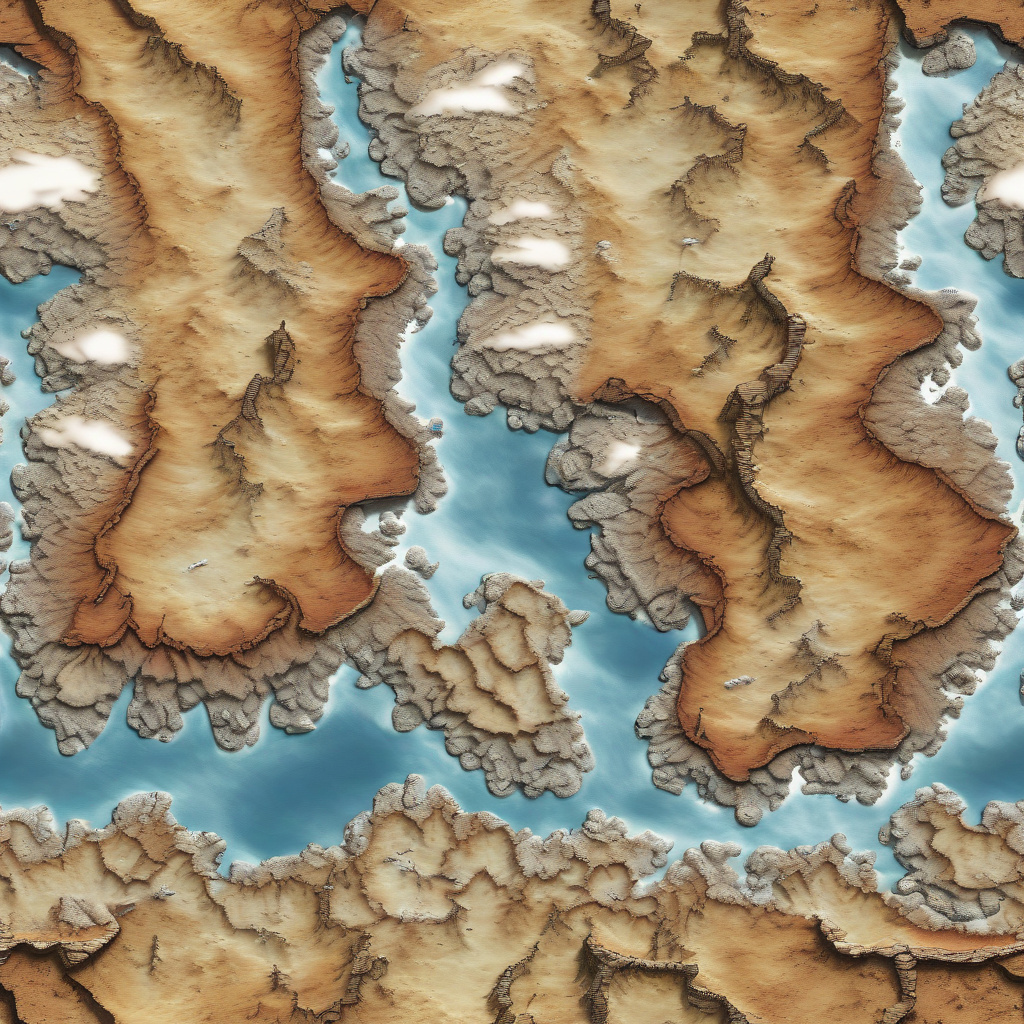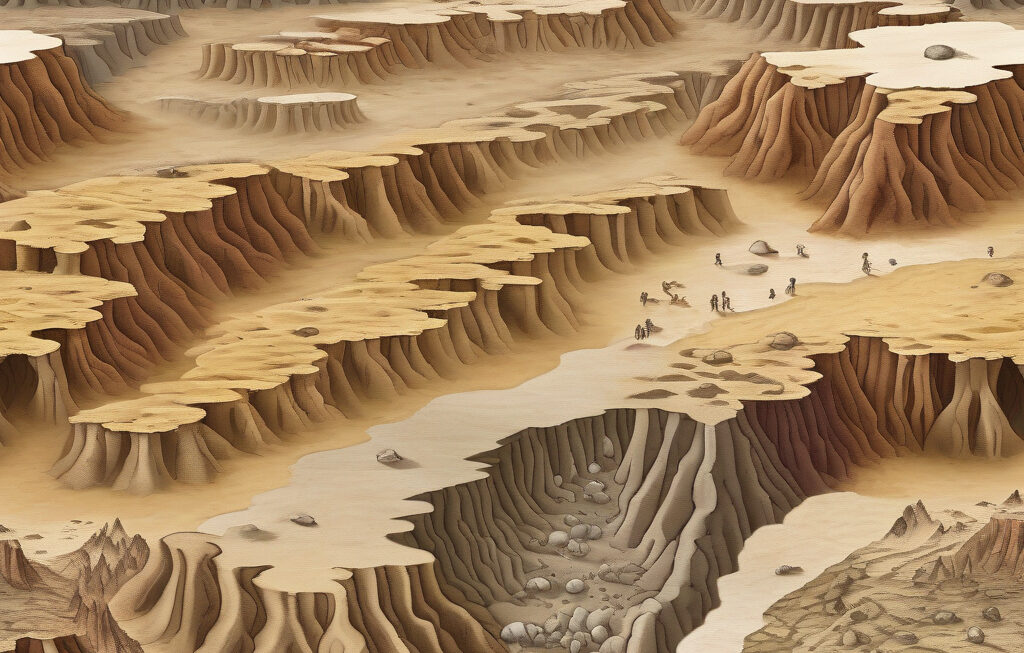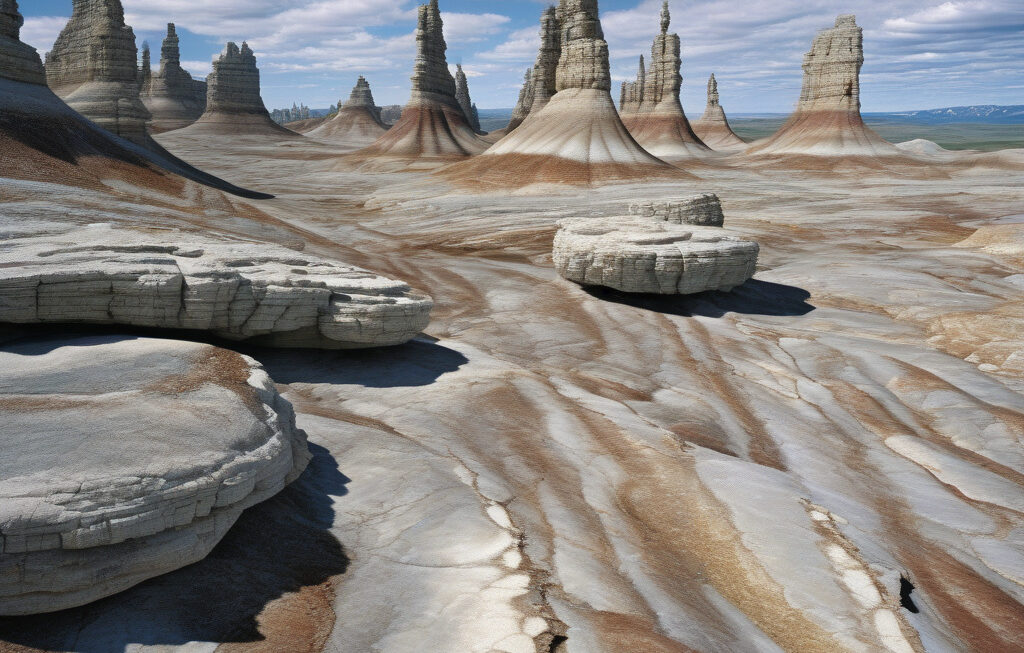205-mile Thick Ocean Plates May Sink or Float Based on Buried Ancient Rock Layer
In a groundbreaking discovery, researchers from the University of Southampton and the Woods Hole Oceanographic Institution have shed light on a fascinating phenomenon that could revolutionize our understanding of plate tectonics. The study, published in the prestigious journal Nature Geoscience, reveals that 205-mile thick ocean plates may sink or float depending on the composition of a buried ancient rock layer.
Plate tectonics, the scientific theory that describes the large-scale motion of Earth’s lithosphere, plays a crucial role in shaping the planet’s surface. The outer shell of the Earth is divided into several rigid plates that interact with each other, leading to phenomena such as earthquakes, volcanic eruptions, and the formation of mountain ranges. However, the mechanisms that control the movement and behavior of these massive plates have long been a subject of debate among geologists.
The recent study provides valuable insights into this complex process by focusing on the role of ancient rock layers in the behavior of oceanic plates. The researchers used advanced computer models to simulate the interactions between the oceanic lithosphere and the underlying asthenosphere, a ductile layer of the upper mantle. Surprisingly, they found that the presence of a buried ancient rock layer significantly influenced whether the oceanic plates would sink into the mantle or remain buoyant.
Dr. Sarah Johnson, lead author of the study, explains, “We have known for some time that the density of the lithosphere plays a key role in its behavior. However, our research shows that the composition of the underlying asthenosphere, particularly the presence of ancient rock structures, can also have a profound impact on whether ocean plates sink or float.”
The implications of this discovery are far-reaching. By better understanding the factors that control plate behavior, scientists can improve their ability to predict geological events such as subduction zones, where one tectonic plate is forced beneath another. This knowledge could ultimately lead to more accurate assessments of earthquake and volcanic hazards in vulnerable regions around the world.
Moreover, the study highlights the importance of interdisciplinary research in advancing our knowledge of the Earth sciences. By combining expertise in geology, geophysics, and computer modeling, the team was able to unravel a complex geological process that has remained elusive for decades.
As we look to the future, it is clear that studies like this one will continue to shape our understanding of the dynamic processes that govern our planet. By delving deeper into the mysteries of plate tectonics, researchers can unlock new insights that have the potential to transform our approach to geoscience and natural hazard mitigation.
In conclusion, the discovery that 205-mile thick ocean plates may sink or float based on buried ancient rock layers represents a significant step forward in our quest to unravel the complexities of plate tectonics. This research not only expands our knowledge of Earth’s geological processes but also underscores the critical importance of interdisciplinary collaboration in scientific discovery.
ocean plates, ancient rock layer, plate tectonics, geological research, interdisciplinary collaboration












